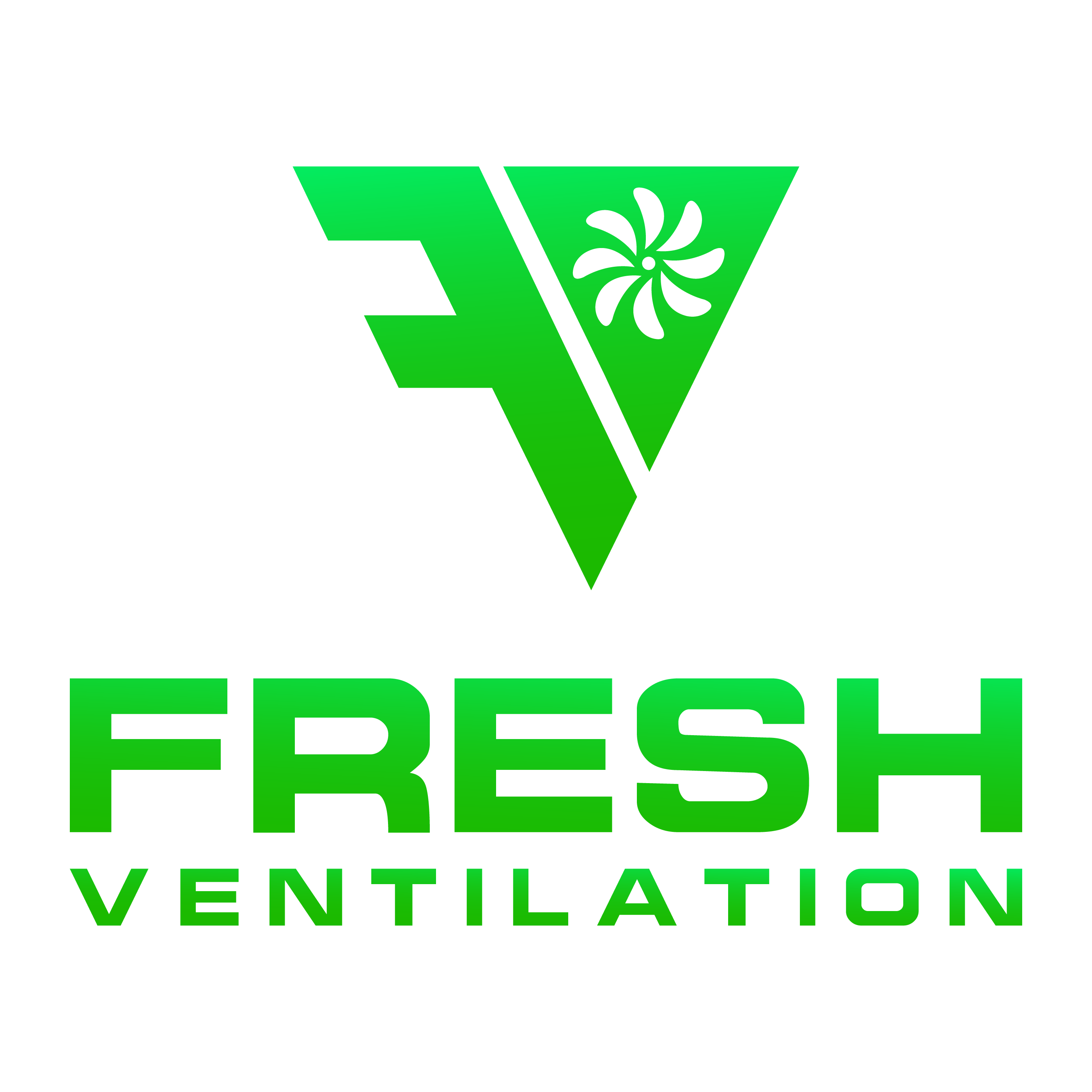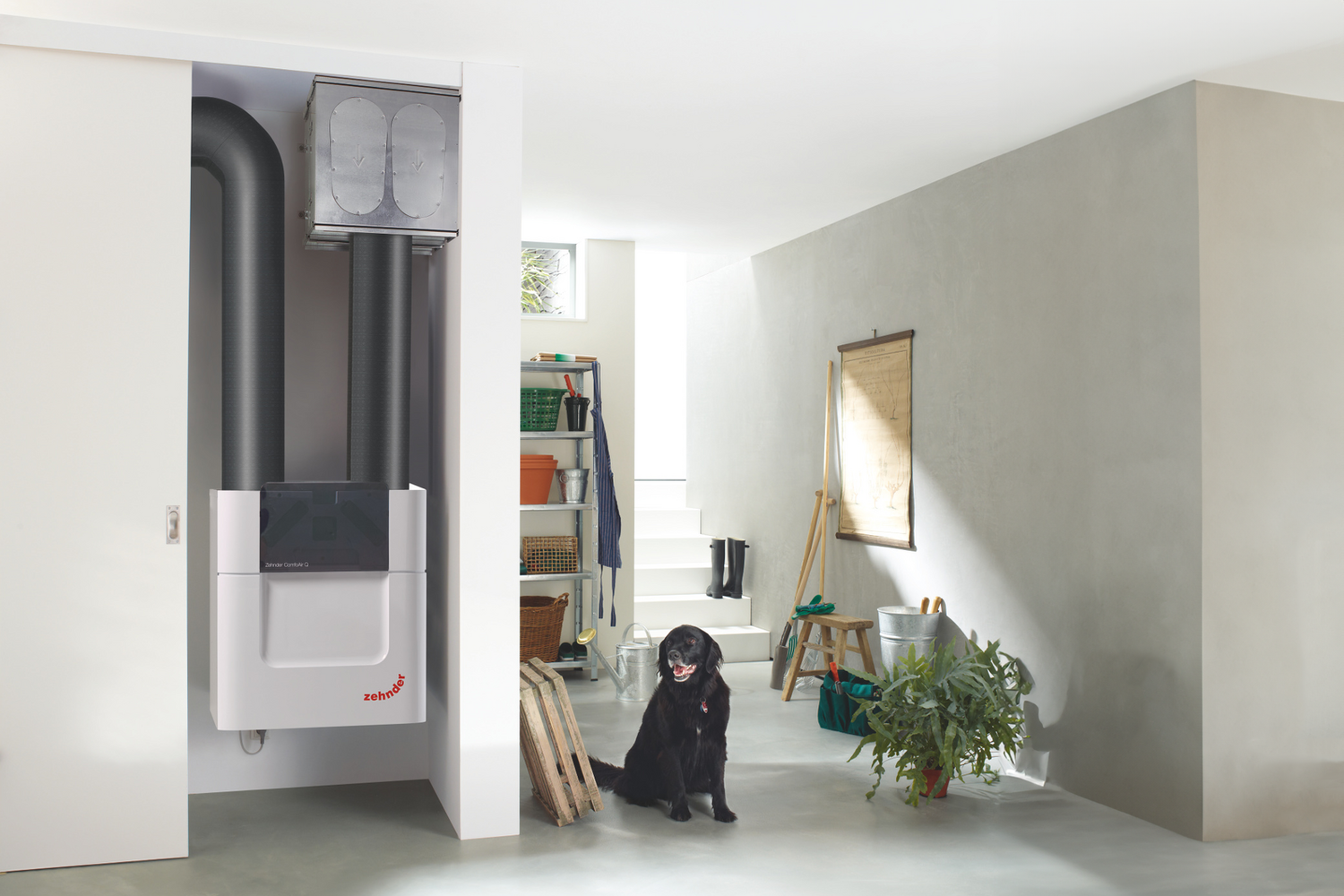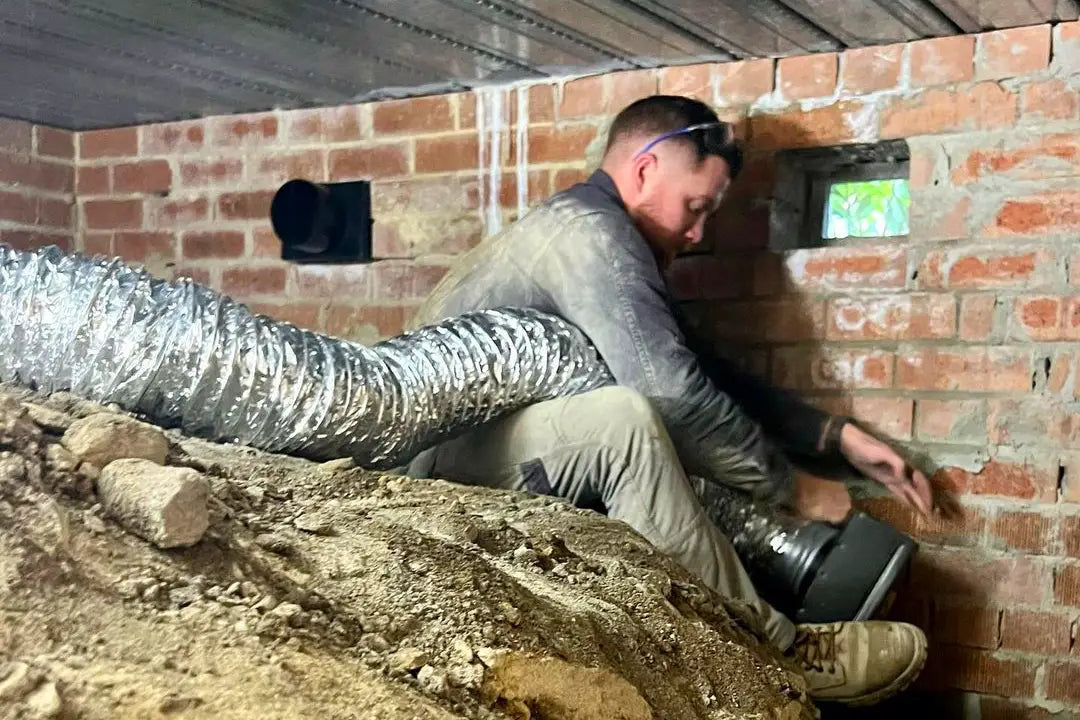In the ever-evolving landscape of sustainable building design and HVAC technologies, the role of ventilation in maintaining optimal indoor air quality cannot be overstated. Two vital components in modern ventilation design, Heat Recovery Ventilation systems (HRV) and Energy Recovery Ventilation systems (ERV), offer distinct approaches to the challenges of energy efficiency and indoor comfort.
Central to their functionalities are the HRV and ERV cores, which play pivotal roles in heat and humidity transfer. Let’s delve deeper into the nuances that distinguish these two ventilation technologies.
Understanding HRV Cores
At the heart of a Heat Recovery Ventilation system lies a core designed primarily for temperature control. The primary function of an HRV core is to transfer heat from the outgoing, stale air to the incoming, fresh air. By doing so, HRVs minimize energy loss, making them particularly valuable in climates where the seasonal swing between heating and cooling demands is pronounced. In essence, HRVs excel at maintaining a comfortable indoor temperature by recovering and reusing the thermal energy present in the air being exhausted.
Key Features of HRV Cores:
- Temperature Transfer: The focal point of HRVs is the efficient transfer of heat, making them well-suited for regions with extreme temperature variations.
- Humidity Handling: While HRVs can manage humidity to some extent, their primary forte lies in temperature control.
- Energy Efficiency: HRVs shine in conserving energy, especially in areas where seasonal temperature fluctuations are a prominent concern.
Understanding ERV Cores
Energy Recovery Ventilation systems, on the other hand, extend their capabilities beyond temperature control. The core of an ERV unit is engineered to exchange not only sensible heat (temperature) but also latent heat (moisture) between the outgoing and incoming air streams. This dual functionality makes ERVs particularly advantageous in climates where both temperature and humidity present challenges.
Key Features of ERV Cores:
- Temperature and Humidity Transfer: ERVs stand out in their ability to transfer both heat and humidity, catering to diverse climates with varying environmental conditions.
- Moisture Control: ERVs play a crucial role in maintaining optimal humidity levels indoors, preventing issues like excessive dryness or moisture buildup.
- Energy Efficiency: While ERVs share the energy efficiency trait with HRVs, their comprehensive heat and humidity transfer capabilities make them especially valuable in areas with varied climate conditions.
Choosing Between HRV and ERV
Selecting between HRV and ERV hinges on the specific climate and environmental conditions of the region where the ventilation system will be installed. In colder climates with pronounced heating demands, HRVs are the preferred choice for their emphasis on temperature control. Conversely, in hotter and more humid climates, ERVs emerge as the optimal solution due to their ability to manage both temperature and humidity effectively.
Choose an HRV Core When:
- Cold Climate Dominance: HRVs are particularly suitable for regions with harsh winters, where heating demands are prominent. The primary focus of HRVs is on transferring heat, making them effective in retaining the warmth of the indoor air during cold seasons.
- Temperature Control is Paramount: If your main concern is maintaining a comfortable indoor temperature and you are less concerned about humidity levels, an HRV might be the preferred choice. HRVs excel in transferring sensible (temperature) heat.
- Energy Conservation is a Priority: In areas with significant temperature fluctuations, where both heating and cooling are required throughout the year, HRVs are known for their energy efficiency. They help conserve the energy used for heating during winter.
Choose an ERV Core When:
- Balanced Climate Conditions: ERVs are well-suited for regions with a mix of both heating and cooling demands. If your climate experiences variations in both temperature and humidity, an ERV is designed to address both factors effectively.
- Humidity Control is Essential: In environments where humidity control is crucial for comfort and indoor air quality, an ERV is the better choice. ERVs transfer both sensible (temperature) and latent (moisture) heat, helping maintain optimal humidity levels.
- Preventing Excessive Dryness or Moisture: ERVs play a significant role in preventing issues associated with extreme dryness or excessive moisture buildup in the indoor environment. If these concerns are prevalent in your region, an ERV can offer a comprehensive solution.
Our Take on HRV vs ERV
Neither system is "better" than the other. Which is best for you depends entirely on where you live.
Some Points to Consider:
- HRV cores are cheaper than ERV cores.
- HRV cores are more efficient at heat recovery than ERV cores. As an example, Passive House Certification for a Zehnder ComfoAir Q350 Sensible (HRV) details a heat recovery efficiency of 91% vs 86% for a Zehnder ComfoAir Q350 Enthalpy (ERV).
- HRV systems require a condensate drain whereas ERV systems do not.
- An HRV system may require a preheater in a very cold climate to prevent the core from freezing on cold mornings whereas an ERV system does not.
- By saying an ERV core can control humidity, we are referring to its ability to control humidity when the air outside is either very humid (hot and humid climates) or very dry (very cold and dry climates). When the air outside has a higher absolute humidity than the air inside, an ERV core can reduce the incoming humidity by transferring some of it to the outgoing air stream. The assumption is that the climate inside is already being dehumidified (either by air-conditioning or a dehumidifier), so the system can still provide ventilation without increasing this humidity. When the air outside has a lower absolute humidity than the air inside, an ERV core can increase the incoming humidity by recovering some of it from the outgoing air stream. This prevents drying out the inside environment too much.
- An HRV core will control humidity by increasing ventilation. In cold climates, the air outside generally has a lower absolute humidity than the air inside our homes. This is because we're unlikely to be running any form of substantial dehumidification inside our homes, yet the majority of humidity inside modern, well-sealed homes comes from daily activities (such as breathing, cooking and showering). If the air inside our homes is laden with humidity and the air outside is fresh and dry, then by bringing in fresh air and exhausting stale air (without any humidity transfer occurring) we are lowering the humidity inside our homes.
- We recommend HRV cores for installations south of Newcastle and ERV cores for installations north of Newcastle.
- We have an HRV system in both our home and office. Our home in Bowral has a DVS EC Reclaim Connect and our office in Mittagong has a Zehnder ComfoAir Q350 Sensible.
HRV vs ERV as Monitored in a Passive House in Sydney
In a passive house in Sydney, there is a Zehnder ComfoAir Q ventilation system providing the house constantly with fresh air. The ventilation system was monitored throughout the period November 2019 until November 2020. Every 8 weeks, the heat exchanger (HRV core) was swapped for an enthalpy exchanger (ERV core).
The final overall conclusion after 12 months of monitoring is the following. Both solutions (HRV and ERV) provide the house and its occupants constantly and reliably with fresh air. According to the feedback from the occupants, the indoor air is fresh and comfortable over the entire year.
Both Solutions Recover Heat
In winter, this means that the supply of fresh air is comfortably warm and the recovery leads to a saving on the heating load for the house. HRV has slightly higher thermal efficiency than ERV.
In summer, both HRV and ERV ensure that during warm days, the fresh air is coming inside but the heat of the air is rejected outwards for a large part. This means a comfortable cool supply of air and savings on the cooling load of the house. Again, HRV has a slightly higher thermal efficiency.

The ERV Also Recovers Humidity
In winter, in the Sydney climate, we see that indoor relative humidity with HRV stays fairly high at levels of around 60%. With ERV the humidity is recovered with an efficiency of around 70%. This leads to a relative humidity of 65-70%. As favourable conditions are between 40% and 60%, it means that for the Sydney climate, the HRV solution would suit best.
In summer, there is a lot of variation in outdoor temperature and humidity. This means that often passive cooling is used by the ventilation unit itself (bypass activation) or by opening windows to increase ventilation with cool air. This means that the effect of humidity recovery in summer (rejecting high outdoor humidity) is less pronounced than in winter. Although we see humidity recovery taking place during favourable conditions, the overall effects on the indoor relative humidity are negligible. The use of the ERV core in summer sees a slight buffering effect of the humidity but not enough to justify the lost heat recovery efficiency.

Results
ERV has a lot of benefits in climates where winters lead to uncomfortable dry indoor air or summers lead to uncomfortable humid indoor air. In these climates, ERV leads to a more comfortable indoor humidity range.
In the Sydney climate, however, the benefit of ERV over HRV cannot be proven. Summer humidity recovery effects of ERV are more pronounced in a cooled (air-conditioned) indoor climate and/or a more warm and humid outdoor climate, like in Queensland.
Conclusion
In summary, the choice between an HRV and an ERV core depends on a careful assessment of the specific climate and environmental conditions of the installation site. Understanding the distinctive features of each system will help you make an informed decision that aligns with your priorities for indoor air quality and energy efficiency.
We can provide you with our expert recommendation together with a ventilation plan and layout map for an HRV/ERV system that will meet the specific needs of your home. Our team of experienced technicians can install your system quickly and efficiently, and we will provide you with ongoing maintenance and support.
Contact Fresh Ventilation today to learn more about how we can help you improve the indoor air quality in your home.




Leave a comment
All comments are moderated before being published.
This site is protected by hCaptcha and the hCaptcha Privacy Policy and Terms of Service apply.